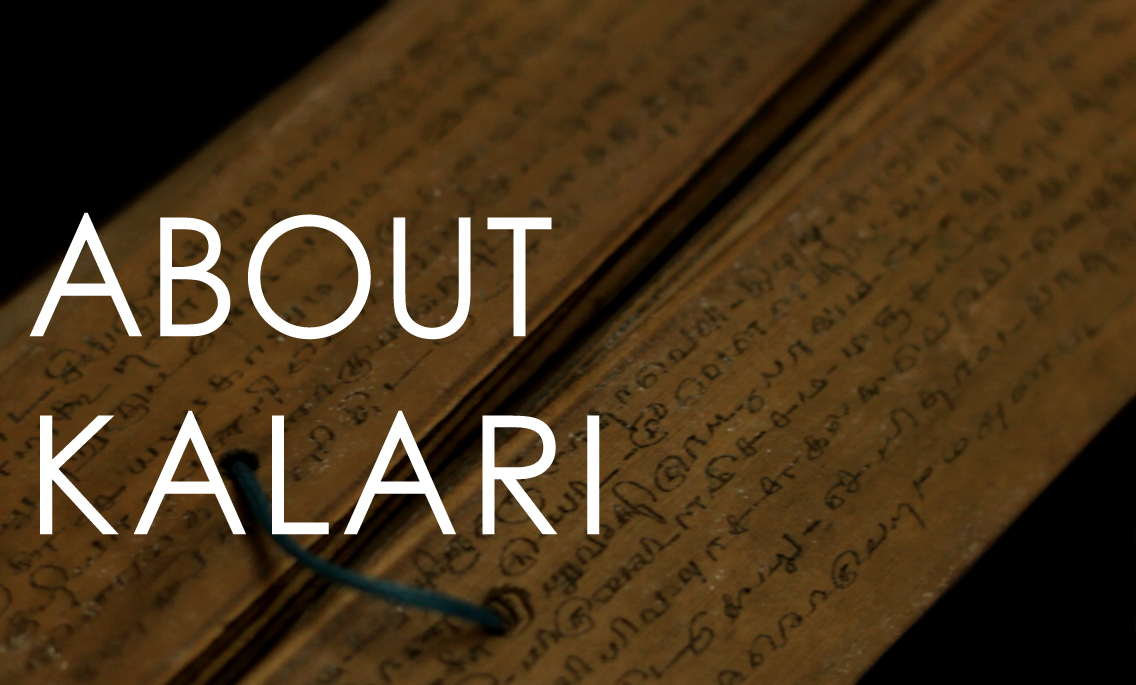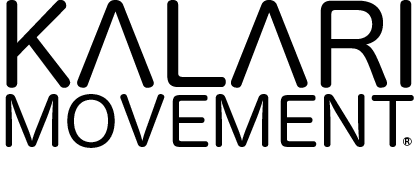
Kalaripayattu (sometimes shortened as Kalari) is an Indian martial art and fighting system that originated in modern-day Kerala. There is also mention a form of Kalaripayattu called Tulunadan Kalari in the Northern ballads of the Chekavar in the Malabar region. Kalaripayattu is held in high regard due to martial artists due to its long-standing history within Indian martial arts. It is believed to be the oldest surviving martial art in India. It also is considered to be among the oldest martial arts still in existence, with its origin in the martial arts timeline dating back to at least the 3rd century BCE. The author Arnaud Van Der Veere confers the origin of martial arts to India (the roots of which are thought to be in Kalaripayattu), to which he refers Kalaripayattu as “the mother of all martial arts.” Kalaripayattu is a martial art designed for the ancient battlefield (the word “Kalari” meaning “battlefield”), with weapons and combative techniques that are unique to India. Practitioners of Kalaripayattu possess an intricate knowledge of pressure points on the human body and healing techniques that incorporate the knowledge of Ayurveda and Yoga. Students are taught the martial art as a way of life, with a sense of compassion, discipline, and respect toward the master, fellow-students, parents and the community. Particular emphasis is placed on avoiding confrontational situations and using the martial art only as a means of protection when no other alternative is available.
Unlike other parts of India, warriors in Kerala belonged to all castes. Women in Keralite society also underwent training in Kalaripayattu, and still do so to this day. Keralite women such as Unniyarcha are mentioned in a collection of ballads from Kerala called Vadakkan Pattukal and are praised for their martial prowess. In contemporary times, Sri Meenakshi Amma, a 73 year old gurukkal from Vadakara, was awarded the Padma Sri by the Government of India for her contributions to the preservation of Kalaripayattu.
The primary source of Indian martial arts is in Sangam literature. The Akananuru and Purananuru describe the use of spears, swords, shields, bows, and silambam in the Sangam era. The word kalari appears in the Puram (verses 225, 237, 245, 356) and Akam (verses 34, 231, 293) to describe both a battlefield and combat arena. The word kalari tatt denoted a martial feat, while kalari kozhai meant a coward in war. Each warrior in the Sangam era received regular military trainingin target practice, horse and elephant riding. In that period and during later periods, the word used for military and military service was chevam. The warriors or soldiers in military service were was called Chekavar. They specialized in one or more of the important weapons of the period including the spear (vel), sword (val), shield (kedaham), and bow and arrow (vil ambu). The combat techniques of the Sangam period were the earliest precursors to Kalaripayattu. References to “Silappadikkaram” in Sangam literature date back to the 2nd century. This referred to the silambam staff which was in great demand with foreign visitors.
Elements from the yoga tradition as well as finger movements in the nata dances, were incorporated into the fighting arts. A number of South Asian fighting styles remain closely connected to yoga, dance and performing arts. Some of the choreographed sparring in Kalaripayattu can be applied to dance and Kathakali dancers who knew Kalaripayattu were believed to be markedly better than other performers. Until recently, the Chhau dance was performed only by martial artists. Some traditional Indian classical dance schools still incorporate martial arts as part of their exercise regimen.
Kalaripayattu includes strikes, kicks, grappling, preset forms, weaponry, and healing methods. Regional variants are classified according to geographical location in Kerala; these are the Northern style from the Malabar region in northern Kerala and the Southern style from southern Kerala. Northern Kalaripayattu, or “Vadakkan Kalari” is based on elegant and flexible movements, evasions, jumps, and weapons training, while the southern “Thekkan Kalari” style specializes in hard, impact-based techniques with priority on hand to hand combat and pressure point strikes. Both systems make use of internal and external concepts. Warriors trained in Kalaripayattu would use very light, and basic body armor, as it was difficult to maintain flexibility and mobility while in heavy armor. Some of the methods used to enhance flexibility in Kalaripayattu are also utilized in Keralite dance forms such as Kathakali. Dancers in Kerala who had experience with Kalaripayattu were noted to be markedly better than the other performers. Some traditional Indian dance schools still incorporate Kalaripayattu as part of their training regimen.
There are different traditions in Kalaripayattu and various methods were practiced in different parts of Kerala. Typically, all Keralites, men and women alike, (particularly those of the Hindu community) would undergo mandatory training in Kalaripayattu beginning at the age of 7 or 9 and lasting until the end of their education. Warriors, soldiers and others who wanted to pursue a martial career would continue their training for the rest of their lives. Generally, two styles of Kalaripayattu are acknowledged among Kalari practioners: the Northern Style and the Southern Style. These two systems are quite similar, but their training methods begin to diverge to specialize in either weapons or hand to hand combat. The styles are variations that various masters have adapted and modified according to their understanding of the art. Development and mastery of Kalaripayattu comes from the tradition of constantly learning, adapting and improving the techniques by observing what techniques are practical and effective. There is a great amount of respect and observation of tradition which allows the preservation of the art. The knowledge and experience gained by the practioners is improved upon by subsequent masters who utilize keen observation, research of various techniques and variations to update the knowledge. The adaptability of Kalaripayattu is largely due to Kalaripayattu being designed for use in warfare and combat. A Kalari practitioner might encounter a new methods of attack from an enemy combatant which the Kalari practitioner would need to learn how to anticipate, adapt to and neutralize. This is especially seen in the Southern style of Kalaripayattu, which is believed to have been adapted and modified during wars with Tamil kingdoms to counter martial arts like Silambam which was the main martial art form practiced by Tamil soldiers at the time. Kalaripayattu is ultimately taught not just as a martial art, but as a way of life that epitomizes respect, compassion, and duty over all else.
Northern Style
The Northern style is also known as, Vadakkan Kalari, and is generally regarded as the “original,” form of Kalaripayattu. This system places more emphasis on physical flexibility exercises and strength training rooted in the slogan Meyy kanavanam, meaning, “make the body an eye.” These exercises are done individually, as well as in combinations. After that meypayattu (a concept similar to kata in Karate) is taught. These are a combination of flexibility exercises with offensive and defensive techniques, however, the actual techniques are taught very much later. Traditionally, the number of meypayattu may differ as per the teaching methods of the Guru. After the student learns meypayattu, stick fighting is taught. Generally, the majority of the Kalaris (schools that teach Kalaripayattu) start training with weapons within 3 to 6 months. Some Kalaris only allow one weapon to be learned per year. After long stick and small stick fighting, iron weapons are introduced. Training begins with the dagger, sword and then the spear. Not all modern schools use specialized weapons. Traditionally, bows and arrows were commonly used in Kerala and students were trained in these techniques, but is rarely taught today.
Southern Style
The Southern-style is also known as Thekkan Kalari. The origin of Thekkan Kalari is a subject of much debate and controversy. It is may have been altered from the Northern style of Kalaripayattu to fight combatants trained in Silambam from Tamil Nadu during various wars and skirmishes with Tamil kingdoms. It is essentially a style that combines elements from Kalaripayattu and Silambam. Other sources suggest that martial arts such as Varma Kalai, Adi Thadi and Adi Murai may also have influenced the Southern style. The Southern-style is less commonly practiced in Kerala compared to the Northern style. It is predominantly practiced in some regions of the southern-most parts of Kerala, particularly in areas near Kanyakumari. While many of the exercises of the Southern style are identical to the Northern Style, it places heavy emphasis on hand to hand combat and hard impact techniques, and places less emphasis on weapons and combinations. It starts with the training in Chuvadus: a system of various combinations of fighting techniques similar to Muay Thai and shadow boxing. Immediately after that, sparring with a partner is introduced as part of the training. These pre-determined techniques are repeatedly trained. After a basic proficiency in unarmed combat is established, weapons training begins with a small stick. Small stick training is usually done with two combatants, armed with a stick or dagger. These are primarily defensive techniques. Fighting techniques with two combatants having the same weapons include sparrimg with long stick, sword, etc. During the duration of this training, the refining of un-armed combat also progresses. As the student gains more experience, a small amount of knowledge pertaining to the Marma points (pressure points) is also taught to the student if deemed appropriate by the Gurukkal.
Kalaripayattu techniques are a combination of steps (Chuvadu) and postures (Vadivu). Chuvadu literally means ‘steps’, the basic steps of the martial arts. Vadivu literally means ‘postures’ or stances which are the foundations of Kalaripayattu training. They are named after animals, and are usually presented in eight forms. Styles differ considerably from one tradition to another. Not only do the names of poses differ, but their utilization and interpretation vary depending on the Gurukkal’s preference, and the traditions of the Kalari. Each stance has its own style, combination, and function. These techniques vary from one style to another.
It is claimed that experienced Kalari warriors could disable or kill their opponents by merely striking the correct marmam (vital point) on their opponent’s body. This technique is taught only to the most promising and level-headed students so as to discourage misuse of the technique. Marmashastram stresses on the knowledge of marmam and is also used for marma treatment (marmachikitsa). This system of marma treatment comes under siddha vaidhyam, attributed to the sage Agastya and his disciples. Critics of Kalaripayattu have pointed out that the application of marmam techniques against neutral outsiders has not always produced verifiable results.
The earliest mention of marmam is found in the Rig Veda, where Indra is said to have defeated Vritra by attacking his marmam with a vajra. References to marmam are also found in the Atharva Veda. With numerous other scattered references to vital points in Vedic and epic sources, it is certain that India’s early martial artists knew about and practiced attacking or defending vital points Sushruta (c. 6th century BC) identified and defined 107 vital points of the human body in his Sushruta Samhita. Of these 107 points, 64 were classified as being lethal if properly struck with a fist or stick. Sushruta’s work formed the basis of the medical discipline ayurveda, which was taught alongside various Indian martial arts that had an emphasis on vital points, such as Varma kalai and Marma adi.
As a result of learning about the human body, Indian martial artists became knowledgeable in the fields of traditional medicine and massage. Kalaripayattu teachers often provide massages (uzhichil) with medicinal oils to their students in order to increase their physical flexibility or to treat muscle injuries encountered during practice. Such massages are generally termed thirumal and the unique massage given to increase flexibility is known as katcha thirumal. It is said to be as sophisticated as the uzhichil treatment of Ayurveda. Kalaripayattu has borrowed extensively from Ayurveda and equally lends to it.
RESOURCES:
WIKIPPEDIA
WHEN THE BODY BECOMES ALL EYES PHILLIP ZARILI
